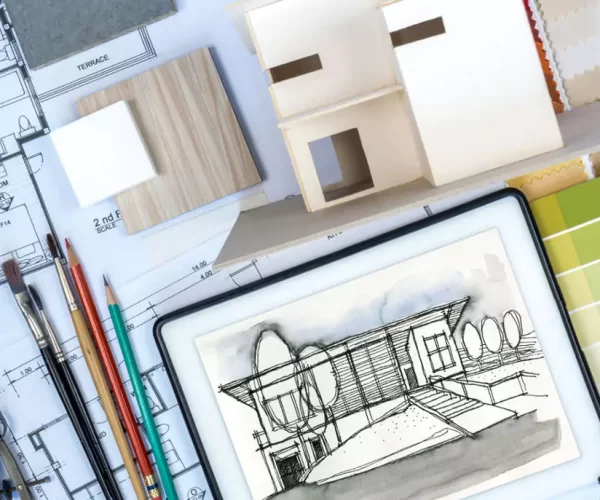Accessible Construction Project Sign-Offs
0460 629 098
Specialist Disability Accommodation (SDA) is designed to cater to the specific needs of people with disabilities and is funded by the National Disability Insurance Scheme (NDIS). The construction of SDA buildings must comply with a range of design standards to ensure they meet the needs of people with disabilities.
A construction sign-off refers to the process of certifying that a new SDA building has been constructed in accordance with the approved plans and design standards, a crucial step in ensuring the quality of an SDA new build. This process guarantees that SDA buildings provide a safe, accessible, and comfortable living environment for people with disabilities.
The NDIS mandates precise design standards to be adhered to during the construction approvals of new SDA buildings. These standards encompass a variety of elements, such as accessibility, adaptability, livability, and sustainability.
Construction Project: Adaptability Features for SDA Buildings
Adaptability features allow the building to be modified as the needs of the occupants change, a vital consideration for SDA builders. The inclusion of adaptable features, such as bedroom hoists and grab rails, is essential in SDA buildings. These features can be easily added or removed based on individual requirements, promoting accessibility and convenience. Additionally, incorporating livability features is crucial to ensure the building offers a comfortable and sustainable environment for long-term occupancy. This encompasses elements like efficient heating, cooling, and ventilation systems, ensuring optimal comfort and a pleasant living experience. Sustainability features, integral to the construction project, are designed to minimise the impact of the building on the environment, as confirmed through thorough construction inspection.
Inspection and Assessment of SDA Buildings
To ensure that these design standards are met, SDA buildings undergo rigorous building inspections conducted by qualified SDA assessors. These assessors are trained and accredited by the NDIS, and possess the requisite knowledge and expertise to assess whether the construction meets the specific design requirements delineated in the SDA guidelines.
The construction sign-off process typically involves a site inspection by the SDA assessor, who will review the construction plans, inspect the building site, and examine the completed building. The assessor will check that the construction has been carried out in accordance with the approved plans, and that all of the SDA design standards are adhered to.


Construction Project Sign-Off's Crucial Role in SDA Buildings
In the event of any issues discovered during the inspection, the assessor collaborates closely with the builder to promptly resolve them, ensuring a smooth process in building your house. This collaborative effort is crucial to obtain certification for the building. After successfully obtaining certification, the building becomes accessible to individuals with disabilities in need of SDA accommodation. This significant milestone ensures that the building meets all necessary standards and requirements to cater to the specific needs of people with disabilities, signifying it is equipped with the appropriate accessibility features and infrastructure. This seamless process ensures that the building meets the necessary standards and is ready to provide a suitable living space for people with disabilities, with oversight from construction inspectors.
Apart from ensuring compliance with the specific design standards for SDA accommodation, the construction sign-off process also plays a vital role in prioritising the safety of the building’s occupants. By undergoing this process, builders ensure that all necessary safety measures are in place to create a secure living environment. The SDA assessor will check that the building meets all relevant safety codes and standards, and that it has been constructed in a way that minimise the risk of accidents or other incidents.
SERVICES
Copyright © 2023 Accessibility Solutions


